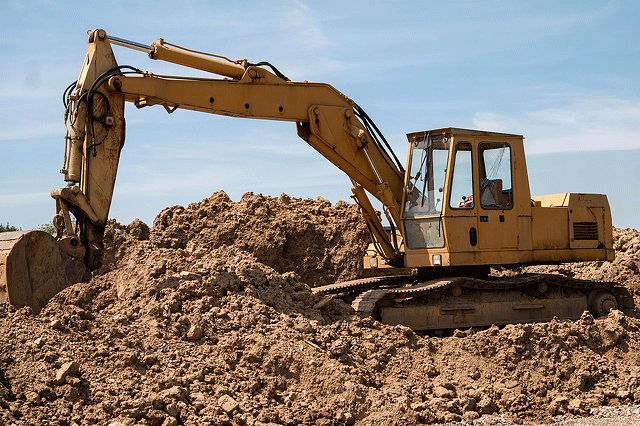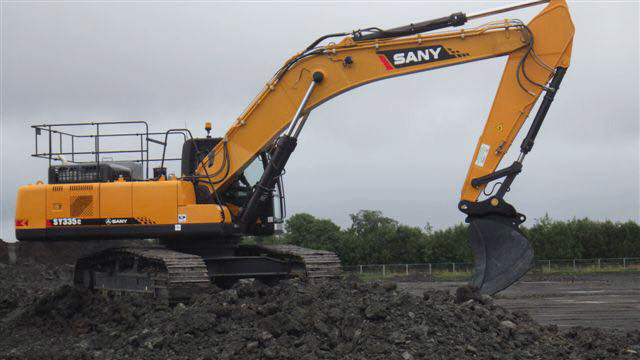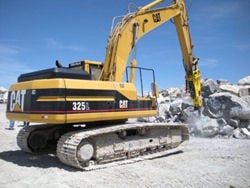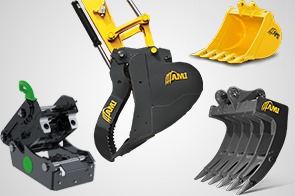Exploring the basics of maintenance for excavators- Excavator Magnet Attachment
Keywords: esco excavator bucket teeth, excavator bucket pin size chart
esco excavator bucket teeth
excavator bucket pin size chart

The urge to build better and better has made sure that there are constant improvements. The field of construction equipment is getting its fair share of innovation too. When it comes to the excavators in particular, one can easily see the changes made. Unfailing efforts of the engineers and design manufacturers have led to the creation of power packed systems. Systems that are capable of reducing costs and eliminating energy consumption. This opens new doors to the way one used to dig, excavate, trench, clear, and grade things.
“Innovation distinguishes between a leader and a follower”Steve Jobs
With the rapidly booming construction cycles throughout the year, one needs to keep an eye on the simultaneously increasing demand in excavators of all sizes. Amidst all of this, one needs to be on their toes for the maintenance of their excavators to ensure the completion of work. Doing maintenance is not an easy job but we recommend following the manufacturer’s scheduled maintenance plans to ensure comprehensive care for your new or used construction equipment. Following are the few tips that we have lined up for you.
The routine checking
Start off with checking fluid and lubricants. You might want to see oil, coolant, and hydraulic fluid before starting your day. If you find any of these levels to be low or below the required level, consult the equipment manufacturer’s guide to know the recommended level and viscosity. One should also keep the area clean and free of contamination while checking different levels.

The operator’s manual
Whenever you get your hand on any machine, you should take your time reading and understanding the operator’s manual. This will help you know about the parts, specifications, and requirements. This way you’ll be able to specify the needs and act accordingly. Combined with the desire to provide best for their customers, the original equipment manufacturers take time to put everything in the manual.
Fuel that drives you
You should follow what is required by the manufacturers in terms of clean fuel such as high quality no.1 or no.2 grade diesel fuel. To prevent gelling in areas with colder climate, the operators are advised to choose the option of specially formulated blends. The ultra-low sulfur diesel fuel should be use, but that too at a minimum to ensure reduced exhaust emission levels.

Filters
When it comes to excavators, there are multiple filters for different purposes such as filter for engine fuel, hydraulic system, and air. What you should know is that all of these have different maintenance intervals. You can experience severe hindrance in the smooth performance of your used excavator if the filters are clogged or dirty even.
All the electrical systems
Different sizes of the excavator require different power levels to operate. As for the compact excavators, the requirement is usually of a 12 volt battery and the pertinent fuses. When you see a failed fuse be sure to put in one with the same power and amperage rating. Keeping the cables clean and in an orderly manner will help you sort out the problem way easier and quicker than in a messy bunch of wires. This will help you to prevent any accidents or mishaps too.

Safety
Last but not the least, comes the module of safety. Due to their versatility, the excavators are used in a variety of working conditions and on different job sites. Working under different conditions makes the excavators exposed to rough or uneven terrains. It doesn’t matter what excavator you are using, a track excavator or a long reach one, you should always keep the safety in mind. Refer again to the handbook provided by the manufacturers in case of any emergency or equipment malfunction. Check everything prior to starting the equipment to ensure your safety and those who work around you





